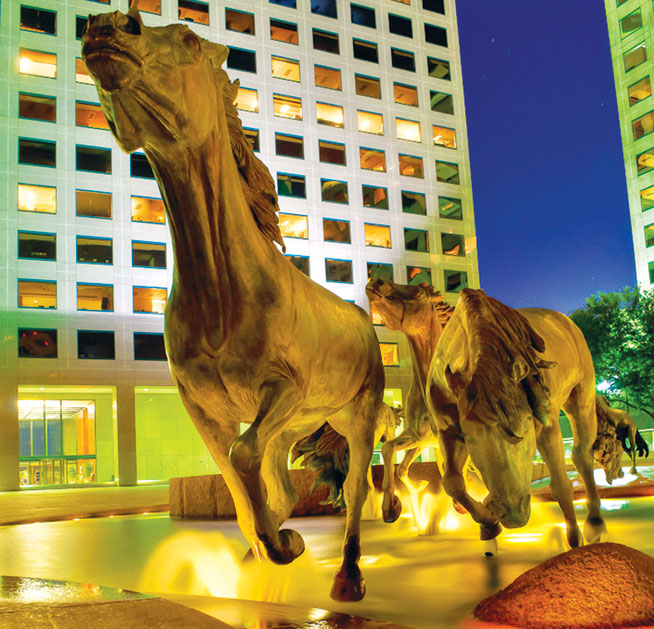Some of the best public art in the world
What’s On loves public art in Dubai. To celebrate we look at the best public art in the world, including LOVE, Angel Of The North and more.
To celebrate Dubai’s brilliant upsurge in public art displays, as well as the new Design District, d3,we look at stop-and-stare pieces of art around the world.
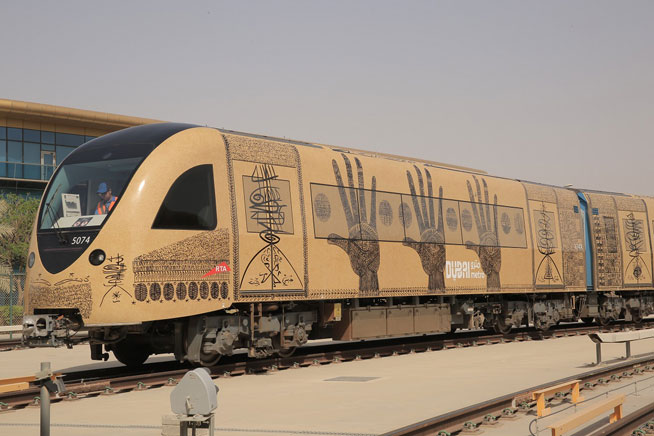
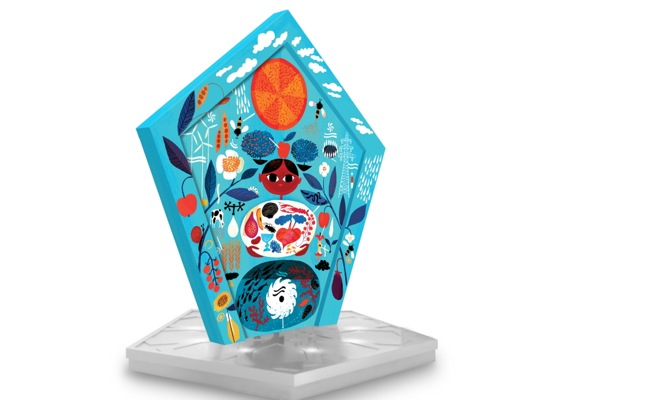
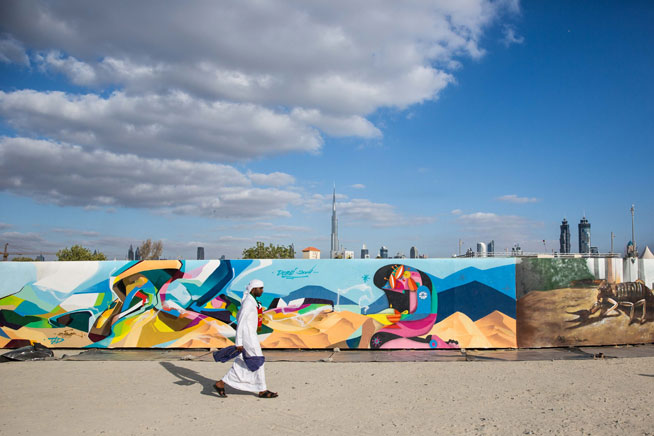
Angel Of The North
Gateshead, England
A political statement with wings, The Angel Of The North is a contemporary sculpture designed by Antony Gormley from 1998. The looming steel sculpture is 20 metres tall with wings measuring 53 metres across. It’s angled 3.5 degrees forwards to create “a sense of embrace”, according to the artist. The angel signifies that beneath the site of its construction, coal miners worked tirelessly for 200 years. It also aims to be a positive focus for locals’ ever-changing hopes and fears.
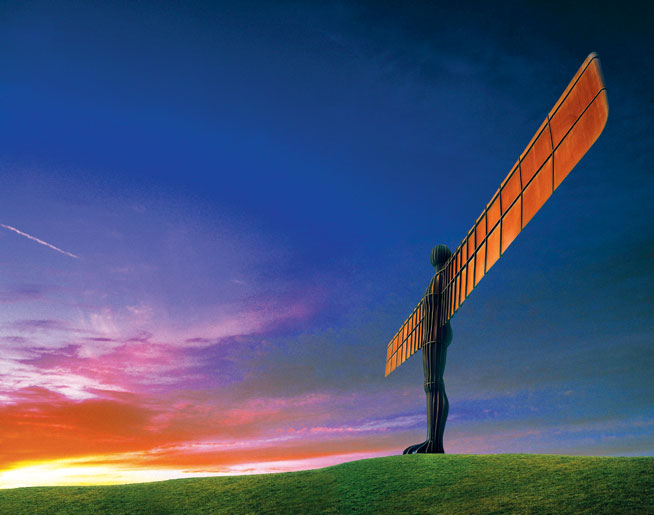
LOVE
Philadelphia, USA
Artist Robert Indiana’s homage to romance has appeared in books, on stamps and has been reproduced in many locations around the world. But the original, made from steel in 1970, appeared in Philadelphia. In 2008, Indiana created an image similar to his iconic LOVE but this time using the word ‘hope’, and donated all proceeds to Barack Obama’s presidential campaign.
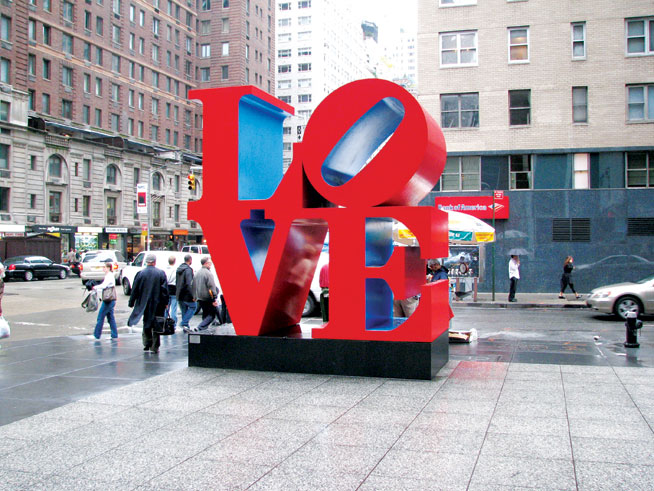
The Unknown Official
Reykjavik, Iceland
In a charming courtyard in the chilly city of Reykjavik marches The Unknown Official. The bureaucrat is a satirical piece of public art celebrating the thankless, anonymous job. The 1994 sculpture by local artist Magnús Tómasson depicts a man in a suit holding a briefcase, with his head and shoulders encased in a slab of unsculpted stone. Looks like he can’t give up the day job.
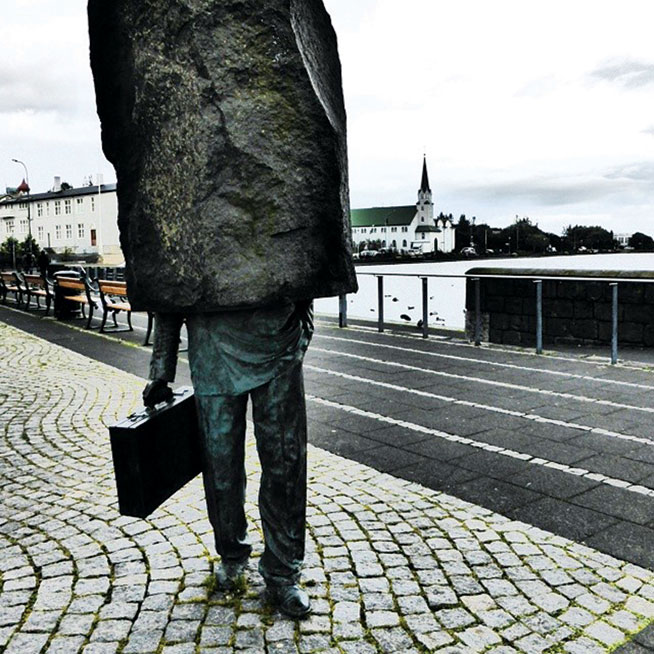
The Gateway Arch
St Louis, USA
Shining over the Mississippi since 1947, The Gateway Arch is a 192-metre silver rainbow of hope. It’s the landmark of Missouri, but also a key attraction of the country as a whole. Clad in stainless steel, it is the world’s tallest arch and the tallest monument in the Western Hemisphere. Built as a monument to the westward expansion of the US, it is the centrepiece of the Jefferson National Expansion Memorial.
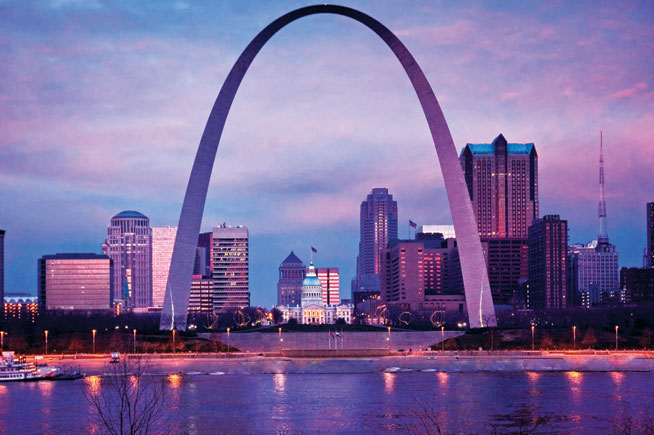
Pompidou Centre
Paris, France
Designed for modern art lovers by a team of European architects, the Pompidou Centre stands as a symbol of avant-garde sensibilities. Some hate it, some love it, but since it opened in 1977, no one has doubted its importance in the Parisian landscape. Initially, all the structural elements of the building were colour-coded: green pipes for plumbing, blue ducts for climate control, electrical wires in yellow, and red devices for safety, giving this unique structure an almost Lego-like simplicity.
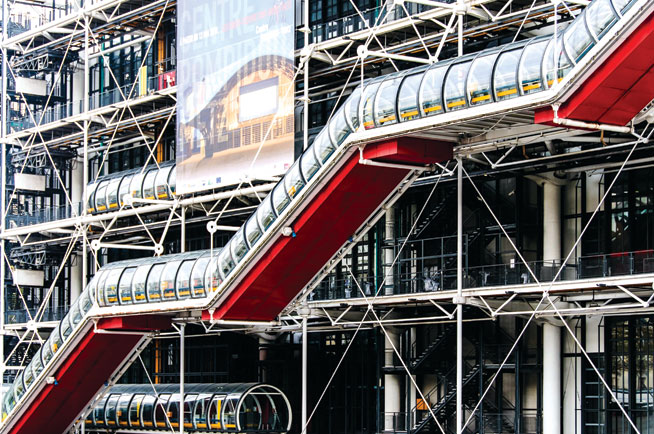
The Atomium
Brussels, Belgium
Europe’s most bizarre building according to CNN, The Atomium was constructed in 1958 by the engineer André Waterkeyn and architects André and Jean Polak. Standing 102 metres high, it is connected by nine stainless steel spheres. The result is the shape of a unit cell of an iron crystal magnified 165 billion times. Now a museum, the highest sphere provides a panoramic view of Brussels.
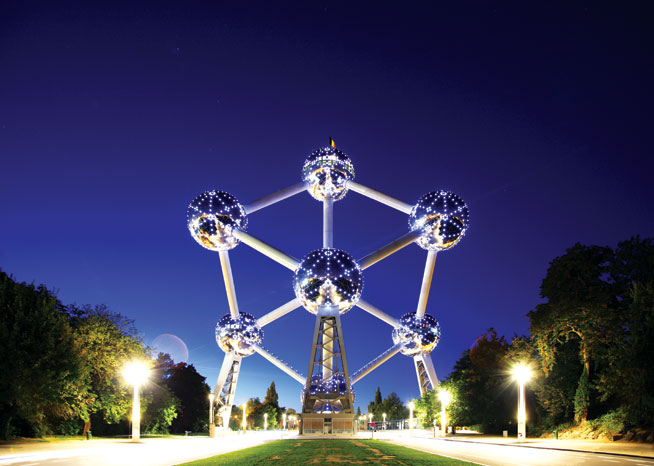
Sinking Building, State Library Victoria
Melbourne, Australia
The idea of this much-loved piece of public art is that the weight of the great books inside has sunk this library, and that just the top corner of the building peeks out from the pavement. Commissioned by the local council as part of the city’s art programme, the sculpture is a nod to the Aussie college campus joke about the crushing weight of knowledge students are expected to learn at university.
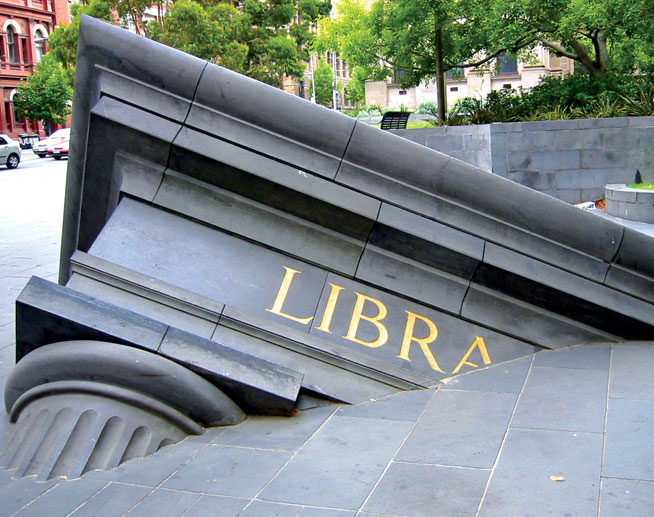
Mustangs
Texas, USA
This 1980s bronze sculpture by Robert Glen is said to be the largest equestrian sculpture in the world. Commemorating the wild mustangs that roamed much of Texas, the galloping artwork in Las Colinas portrays a group of horses running through a watercourse, with fountains giving the effect of water splashed by the animals’ hooves. The horses were intended to represent the drive, initiative and freedom that were fundamental to the Lone Star state in its pioneer days.
